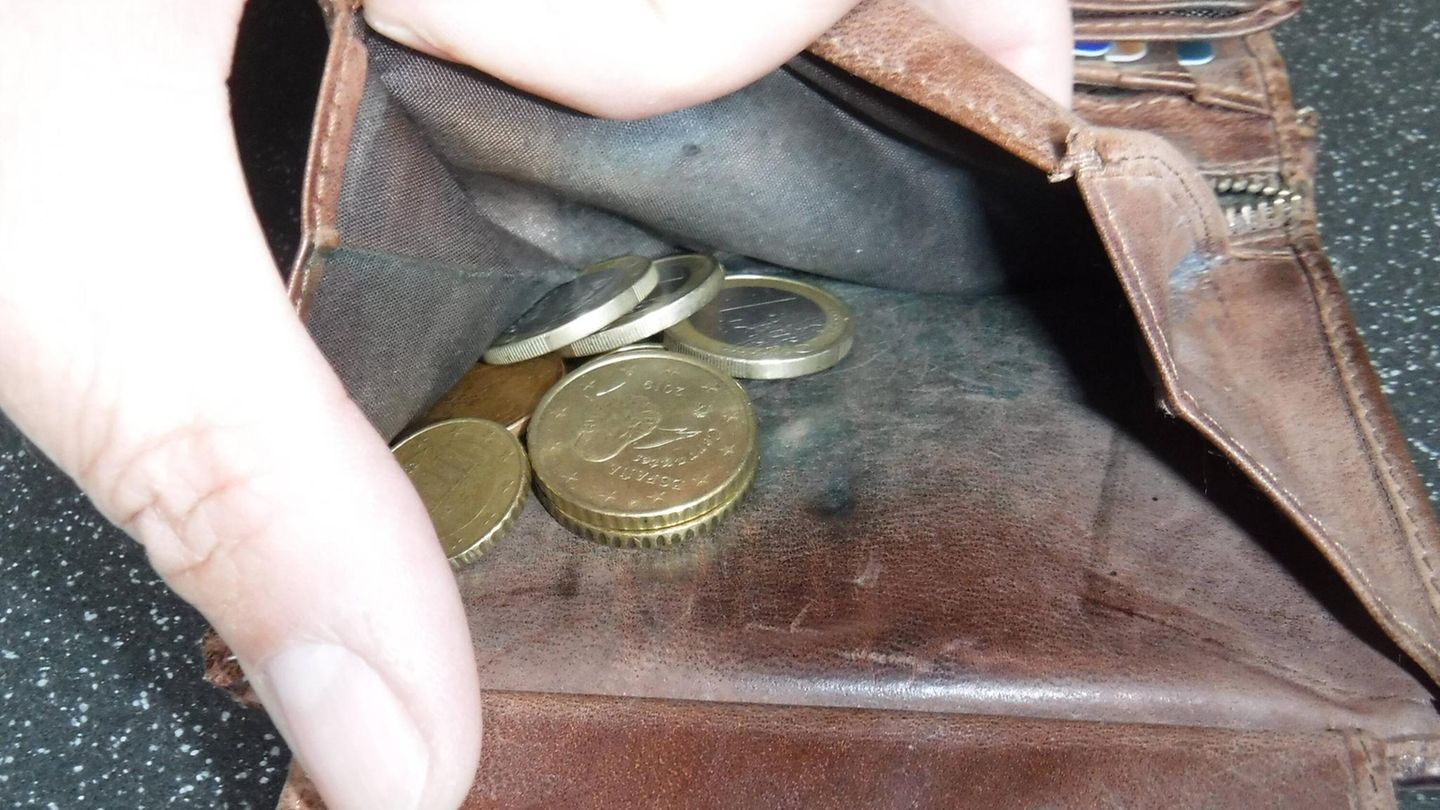Touching forbidden!
Roman glasses – today I know what Grandma thinks about them
Copy the current link
In the display cases of our author’s parents (grandparents and in-laws) there are glasses that she is not allowed to touch: Roman glasses. Today she knows what the nonsense is all about.
As a child, I never understood why parents and grandparents have glasses that sit in the cupboard and are never allowed to be used. Too bad for that, they said when asked. And I thought: It’s a shame that you spent money on these useless things. The so-called Roman glasses were always absolute holy pieces. The colorful nubs of the crystal glass only glittered in the daylight at Christmas. The rest of the time they collected dust in the dark display case. Today I know: right.
Roman glasses: What makes them so special?
Roman glasses are immediately recognizable: tall and slim, with a goblet-shaped, wide rim that sits on an elegantly decorated stem. The stem is either smooth or ribbed, but always ornate, ending in a wide, sturdy base. These glasses often come with elaborate patterns. And the colors? There is everything from up to full or sparkling .
I now own Roman glasses myself. And I also have a house rule: touching is forbidden! And I’ll tell you why: These things are extremely expensive. I flew to Portugal last year for the price of a single glass; a goblet costs up to 200 euros. And so now it all made sense – no wonder grandma only wanted to bring them out for “special occasions.” However, I asked myself: What makes the colorful cups as expensive as flights to the south of Europe?
What justifies the price?
The production of Roman glasses is a complex and artistic process that requires both technical skill and artistic talent. First, raw glass, which consists of a mixture of quartz sand, soda and lime, is melted in a furnace at very high temperatures. Once the glass has reached a liquid consistency, it is picked up by a glassblower using a long, hollow pipe. By blowing and turning the pipe, the glass is shaped into the desired shape.
The glass is then decorated using various techniques. This may include inserting glass threads, applying colored glass pieces, or engraving and grinding patterns. These decorations require a steady hand and precise work as the glass must be kept at controlled temperatures throughout the process to avoid stress and cracking.
That’s how complex it is to produce
After the shaping and decoration is completed, the glasses are slowly cooled to stabilize their structure. This process, called “cooling,” can take several hours to days, depending on the size and complexity of the piece. At the end there is an artfully designed Roman glass, the value of which real lovers and collectors will appreciate.
The popularity and peculiarity of the lie in their elegance and the fine craftsmanship that goes into every piece. They are not only functional drinking vessels, but also works of art that stand out in any table setting. The design and often very detailed decorations make them sought-after collector’s items. Roman glasses also have a long tradition.
What do the ancient Romans have to do with it?
The name “Roman glass” has absolutely nothing to do with the Ancient Romans, even if one might assume that. Roman glasses have been around since the 16th century. Ancient Rome is spoken of in the period from 753 BC to 476 AD. But why are they called that? The name actually comes from the Low German word “römen,” which means “to boast.” A Roman glass is a “glory glass” or, analogously, a “splendour glass,” according to an article in the .
As with most valuable things, Roman glasses attract counterfeiters like magnets. But don’t worry, here are a few tricks to help you distinguish the real treasures from the imitations. You can recognize real Roman glass by its colors: these glasses shine in clear or rich tones above until and many more. Counterfeiters tend to exaggerate things a little or the colors simply don’t look as deep or rich. If the glass looks like someone dipped it in a cheap paint mixture, you should be skeptical.
Römer Glasses: This is how you recognize its authenticity
Then there are the embellishments. Real Roman glass often features fine engravings and patterns that look as if a miniature Picasso had worked on them. If the decoration looks like someone has scratched at it with a dull fork, it could be a fake.
Another clue is the stem of the glass. The stem of a Roman glass is a true work of art in itself – whether ribbed or smooth, it should always be elegant and perfectly proportioned. If the stem looks crooked, then you are probably not holding real Roman glass.
Why you should listen to Roman glasses
The weight of the glass is also a good indicator. Roman glasses are usually well balanced and slightly heavier than conventional wine glasses. If it feels like you have a glass of Coke in your hand, something is wrong. You should also listen very carefully: tap the glass gently and listen to the sound. A real Roman glass has a clear, melodic tone. If it sounds more like a tinny bell, then you’ve probably got a fake.
And then there is the price. If someone offers you a Roman glass at a bargain price, be skeptical. Real Roman glass has its price and doesn’t come from the junk bin. If you are still unsure, ask an expert. These people have the eye and knowledge to distinguish real works of art from fakes. I, for one, trust the expert knowledge of my wise family members and treasure the good pieces – locked in a display case, of course.
Tip: You can of course also consciously choose fake ones decide. Because let’s be honest: Originals look really nice, but they are also damn expensive and make you nervous as soon as you put them in someone else’s hands. In you will find cheap and beautiful alternatives.
Sources: “”, “”
*This article contains so-called affiliate links to products in online shops. If a user clicks on it and buys something, the publisher receives a commission from the retailer, not the manufacturer. There is more information about this .
Source: Stern
I am an author and journalist who has worked in the entertainment industry for over a decade. I currently work as a news editor at a major news website, and my focus is on covering the latest trends in entertainment. I also write occasional pieces for other outlets, and have authored two books about the entertainment industry.




